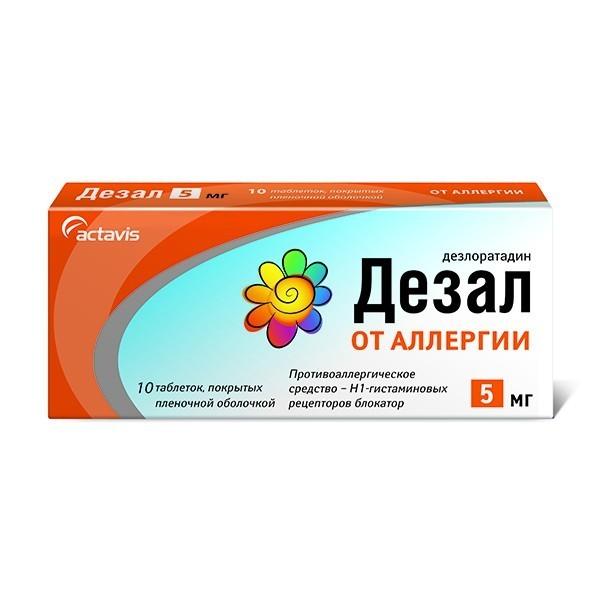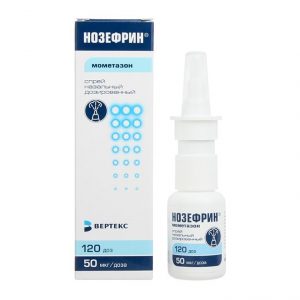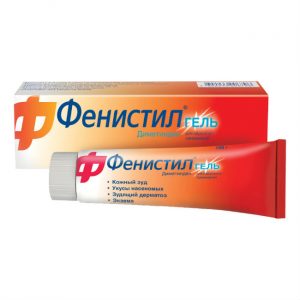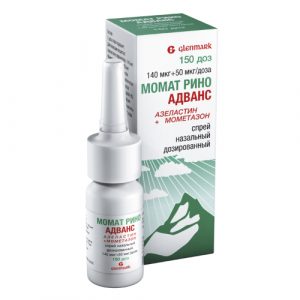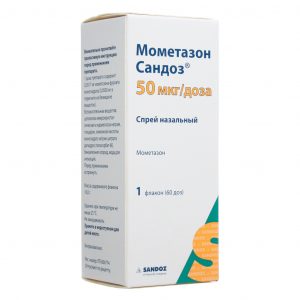Description
Latin name
Dezal
packaging 10 pcs
Pharmacological action
Desal – antiallergic agent – histamine H1 receptor blocker.
Long-acting antihistamine, peripheral histamine H1 receptor blocker. Desloratadine is the primary active metabolite of loratadine. Inhibits a cascade of allergic inflammation reactions, incl. release of pro-inflammatory cytokines, including interleukins IL-4, IL-6, IL-8, IL-13, release of pro-inflammatory chemokines, production of superoxide anions by activated polymorphonuclear neutrophils, adhesion and chemotaxis of eosinophils, isolation of adhesion molecules such as P-IgE, indirect release of histamine, prostaglandin D2 and leukotriene C4.
Thus, it prevents the development and facilitates the course of allergic reactions, possesses antipruritic and antiexudative action, reduces capillary permeability, prevents the development of tissue edema, smooth muscle spasm.
The drug has no effect on the central nervous system, practically does not have a sedative effect (does not cause drowsiness) and does not affect the rate of psychomotor reactions when taken in recommended doses. Does not cause prolongation of the QT interval on the ECG.
The action of desloratadine begins within 30 minutes after ingestion and lasts for 24 hours.
Indications
For the relief or elimination of symptoms:
allergic rhinitis (sneezing, nasal congestion, rhinorrhea, itchy nose, itchy palate, itching and redness of the eyes, lacrimation)
urticaria (skin itching, rash).
Contraindications
– hypersensitivity to the active or any auxiliary substance of the drug
– pregnancy
– breastfeeding period up to 12 years of age (efficacy and safety not established)
Caution is advised to use the drug in severe renal failure.
Use during pregnancy and lactation
Prescribing the drug during pregnancy is not recommended due to the lack of clinical data on the safety of its use in this period.
Desloratadine is excreted in breast milk, so its use during breastfeeding is not recommended.
Dosage and administration
Inside, regardless of food intake.
Adults and adolescents (12 years of age and older) – 5 mg (1 tablet) once a day.
Side effects
The following adverse reactions are most common: increased fatigue (1.2%), dry oral mucosa (0.8%), headache (0.6%).
When using the drug in adults and adolescents at a recommended dose of 5 mg / drowsiness, the frequency of drowsiness is not higher than with placebo.
The following adverse reactions were very rarely observed during post-marketing surveillance.
Mental disorders: hallucinations.
From the side of the central nervous system: dizziness, drowsiness, insomnia, psychomotor hyperactivity.
From the cardiovascular system: tachycardia, palpitations.
From the digestive system: abdominal pain, nausea, vomiting, dyspepsia, diarrhea.
From the liver and biliary tract: increased activity of liver enzymes, increased concentration of bilirubin, hepatitis.
From the musculoskeletal system: myalgia.
Allergic reactions: anaphylaxis, angioedema, pruritus, rash, urticaria.
Storage conditions
Store in a dry, dark place, out of the reach of children, at a temperature not exceeding 25 ° C.
Expiration
2 years.
Active substance
dislorate one
dosage form
dosage form
tablets
Actavis Ltd, Iceland
